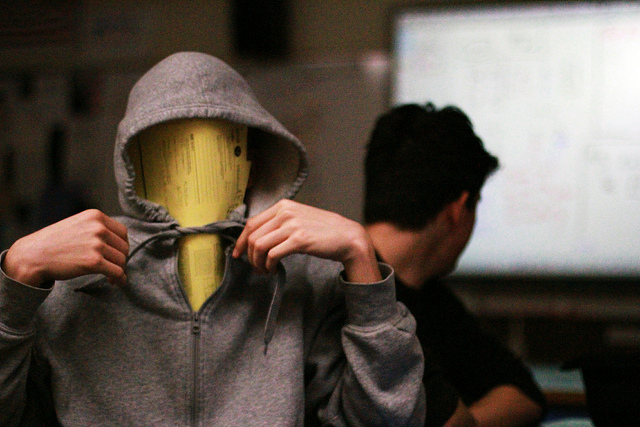The teenage brain is abuzz with many things, and school is often at the bottom of the heap. It can be difficult to get them to direct their attention away from their phones and tablets and focus on academics. While there are ways to put those mobile devices to work for your kids’ success rather than against it (you can find some great apps to help teens improve their study skills like Quizlet, Evernote, and Elevate), often high school and college students need to rely upon more traditional study methods.
Researchers John Dunlosky, Katherine A. Rawson, Elizabeth J. Marsh, Mitchell J. Nathan, and Daniel T. Willingham rfound that the best study methods help you learn and remember. The report on their findings is about 50 pages long, so let us break it down for you with some of the best study methods for teens’ academic success.
Use proven study methods.
Large studies involving thousands of students have determined specific techniques that are more likely to help you remember what you have studied and apply it effectively in tests and other areas. Here are five methods of studying that have been proven to be effective, with their descriptions. And don’t be put off by their tongue-twisting titles — we’ll explain them.
- Elaborative interrogation – Essentially, you ask the question, “Why?” and attempt to answer this question while you are studying. This type of technique forces the learner to elaborate on their understanding of the facts. Generally it works best when you attempt to find the essential answer very quickly and then, if necessary, find the supporting evidence. This technique may not work as well with very complex systems of information, but it could be the best way for you to recall specific facts or connections among facts.
- Self-explanation – Explain how new information is related to already-known information and enumerate the steps taken to solve a problem. This is a common method for teaching math (where the explanation is often as important as the answer) and it is also how many history texts are written. Self-explanation may work best when you are studying a topic you don’t know much about. To use this technique, provide an explanation while solving each step of a problem; in math you would state why you are performing each operation and what your answer is, and if you were answering a question for history or English, you would explain about some of the previous knowledge you had and how you came to a particular conclusion.
- Practice testing – Basically, quiz yourself. This type of testing does not count as part of a grade in a classroom and could be conducted by yourself, using flashcards, or with study buddies. You could also practice test by looking at questions that are often included at the end of textbook chapters or looking for quizzes that are available on electronic supplements that may accompany your textbook or even going to one of the popular study websites that feature crowd-sourced flashcards and quizzes. Practice can help you mentally organize your information and improve your retention and recall of material.
- Distributed practice – Distributed practice is quite simply the opposite of cramming. This technique is better than an all-night study session before the big exam because the human brain must see something repeatedly over the course of time in order to effectively commit it to memory. Of course, cramming is better than not studying, but studying an hour a day for a week works better. This is because spacing out readings and self-testing means repeatedly needing to recall what you have learned and connect it to other material over the course of time, engaging your long-term memory. Cramming puts your short-term memory to work, reducing the chance that you will understand material and actually add it to your knowledge bank. Maybe you’ll ace that midterm, but you’ll be sorry when you have all that material to try to memorize again for the final exam.
Interleaved practice – Mix it up. Practice different kinds of problems or material in a single study session. Maybe you want to study math, but instead of only thinking about geometric areas or algebraic equations, you practice both. You might study history by writing an essay — like you’ve been practicing in English — on a particular chapter of the history text. If you’re trying to expand your vocabulary in a foreign language, you might try putting those vocab words into grammatically correct sentences. Interleaved studying is believed to be so helpful because it presents problems the way they would appear on tests (and in real life). Interleaved practice promotes organizational processing, as it allows you to compare different types of problems and practice different problem-solving methods.
Be careful how you study. There are study techniques that are widely used but are generally not found to be effective by themselves. These include:
- summarization – writing summaries of text to be learned
- highlighting and underlining – marking important portions of to-be-learned material while reading
- keyword mnemonics – using keywords and mental imagery to associate relevant material
- imagery for text – forming mental images of text material while reading or listening
- rereading – restudying text material again after initial reading
While each of these may be helpful to some students based upon their learning styles or combined with other methods, they do not appear to be as effective by themselves as other strategies.
For more on how the teen brain works while it’s learning, check out this great video by ASAP Science. They also made a really interesting video about hacking your brain. Play is an important part of learning, even for older kids and teens. See our recommendations for a developmentally healthy Play Diet for kids 14 years and older.
Featured image: Flickr user Eryne




